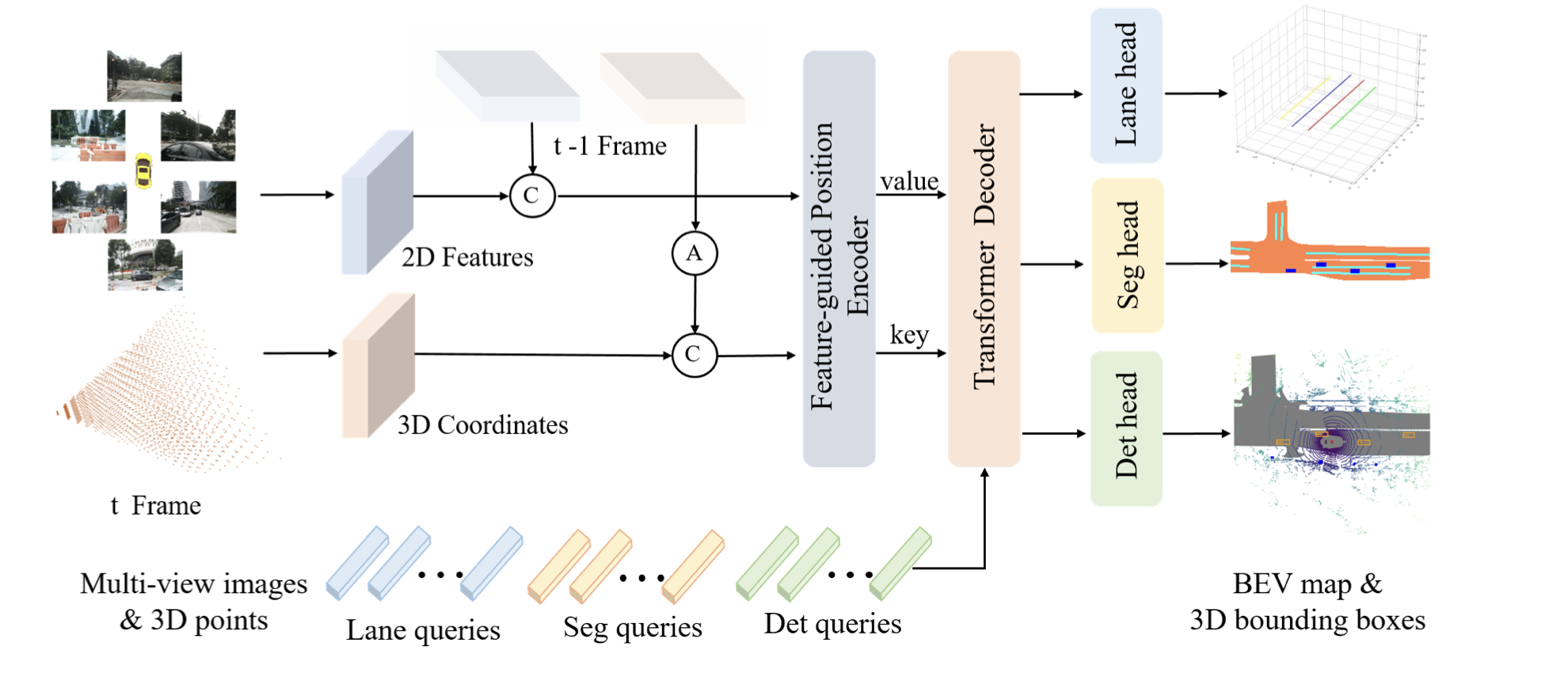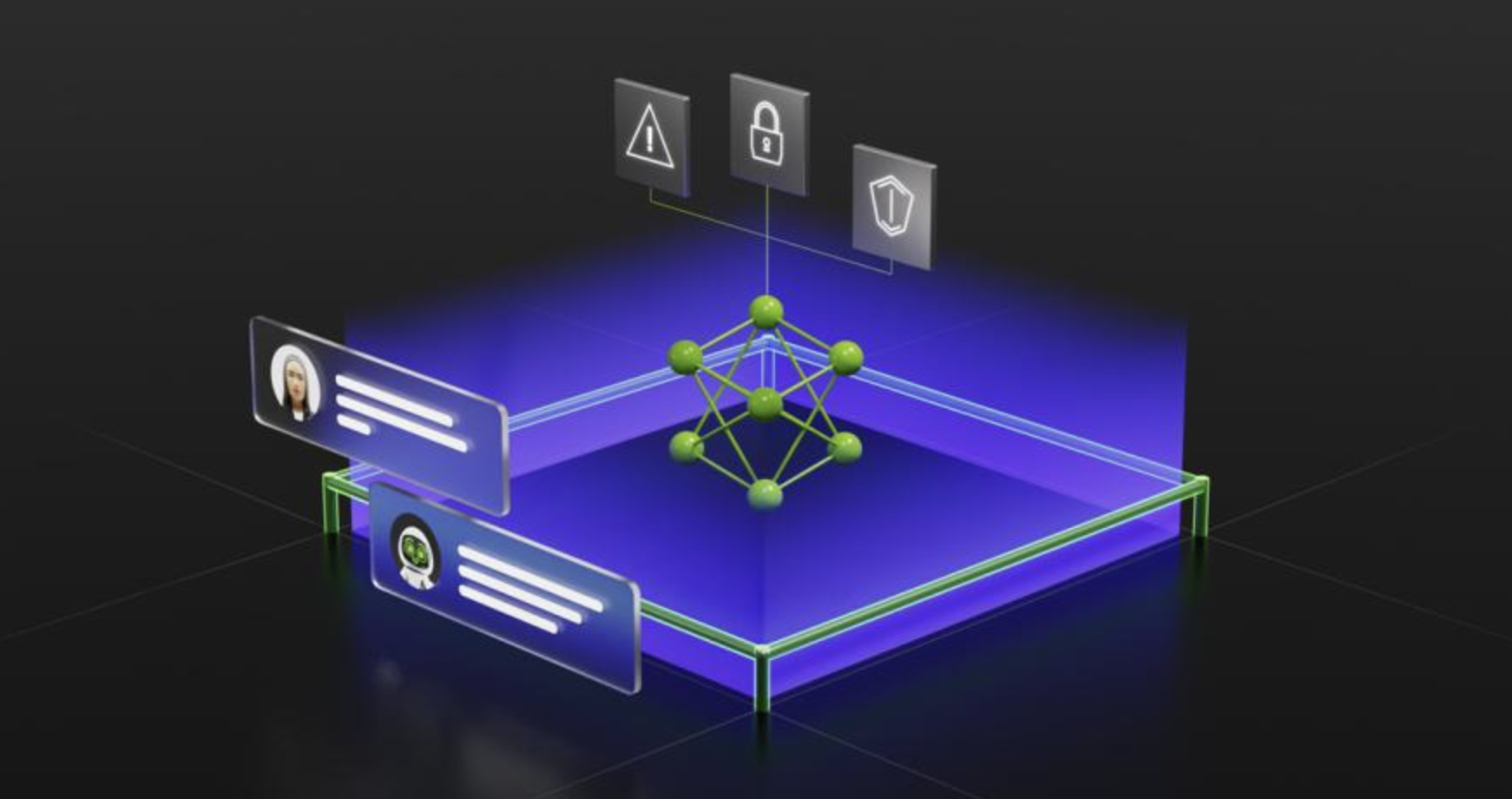Research:

Using several views of an image, researchers from MEGVII Technology introducedPETRv2 as a unified framework for 3D perception. In order to improve 3D object detection, PETRv2 investigates the efficacy of temporal modeling, which makes use of the temporal data from earlier frames. The temporal alignment of objects in various frames is accomplished by the 3D PE. To increase the data adaptability of 3D PE, a feature-guided position encoder is additionally introduced. On the PETR framework, a thorough robustness study is also carried out. They anticipate that PETRv2 will provide a reliable baseline for 3D perception. To get the code click here.

Pix3D is a large-scale benchmark of various image-shape combinations with pixel-level 2D-3D alignment that was developed by researchers from MIT and Shanghai Jiao Tong University. The shape-related tasks of reconstruction, retrieval, view-point estimation, etc., have a wide range of applications for Pix3D. Utilizing behavioral research to calibrate the evaluation criteria for 3D form reconstruction, they used Pix3D to objectively and methodically compare state-of-the-art reconstruction algorithms. In addition, they created a novel model that does both position estimate and 3D reconstruction simultaneously, achieving cutting-edge performance on both tasks with their multi-task learning approach.
Open Source News:

To assist developers in making sure their generative AI applications are correct, suitable, and secure, NVIDIA unveiled NeMo Guardrails. Software developers can impose three distinct types of constraints on their internal LLMs using NeMo Guardrails. Companies can specifically designate "topical guardrails" to stop their apps from addressing topics they aren't qualified to discuss. In order to verify that their LLMs link to trustworthy apps and pull reliable information, businesses can also implement safety and security restrictions. All LLMs, including ChatGPT, are compatible with NeMo Guardrails, according to NVIDIA.

The StableLM family of open source AI language models was introduced by Stability AI. With its Stable Diffusion open source picture synthesis model, which was introduced in 2022, Stability intends to replicate the catalytic effects. StableLM might be used to create an open source ChatGPT substitute with some improvement. Stability claims that StableLM will eventually support 15 billion and 65 billion parameters and is now accessible on GitHub in alpha form for models with 3 billion and 7 billion parameters. The firm is making the models available under the Creative Commons BY-SA-4.0 license, which stipulates that adaptations must give credit to the original creator and adhere to the same terms as the original work.